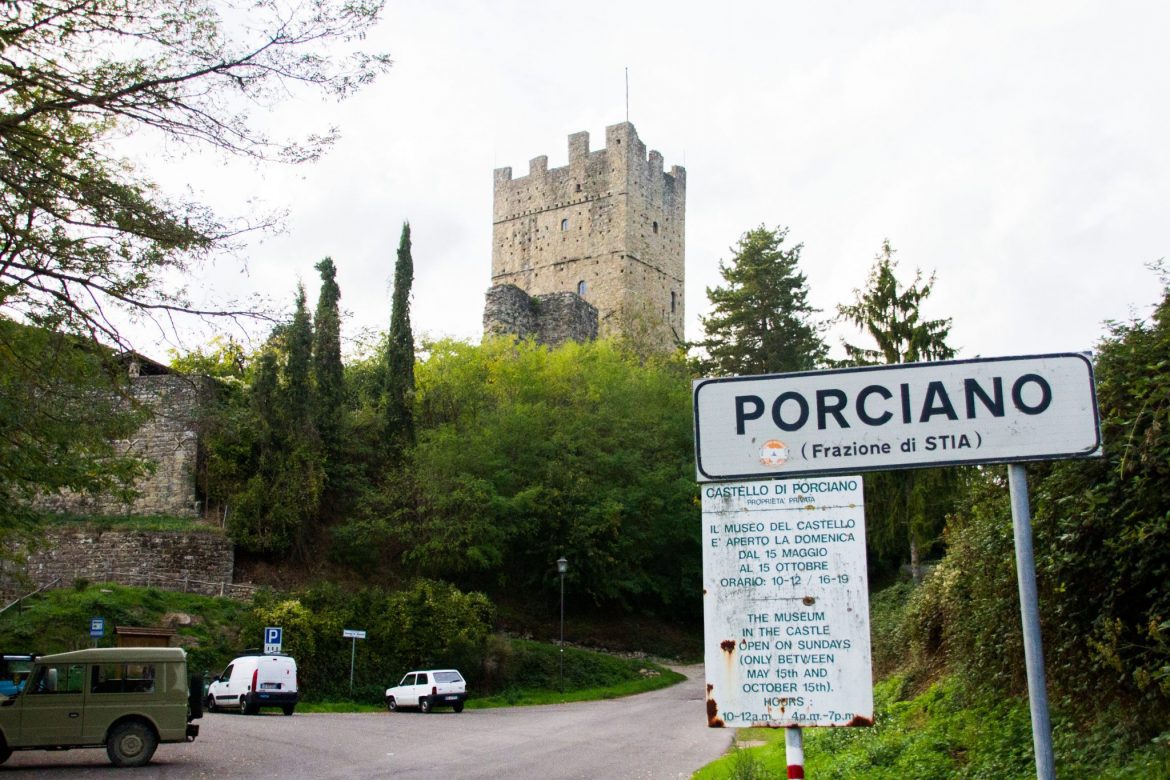I love old things. More specifically, I love old things with history. I love hearing the story behind something, the journey it has made to get to this point in time. For me, knowing the story makes whatever it is even more meaningful and worthwhile, it gives me a reason for appreciating whatever it is.
Over the past five or so weeks, I’ve probably seen enough artwork to fill the Louvre 20 times (exaggeration, but you get the point). Some of my favorites pieces have been the ones that have made a remarkable journey. The David waited as a block of marble in a warehouse for 25 years before Michelangelo took a chisel to it, the Brancacci Chapel and its precious 600 year old frescoes survived a fire in the 18th century, and it took Ghiberti 27 years to create his masterpiece the Gates of Paradise. These journeys add something special. They add something else for people like me. People who like to know where things come from and what their stories are.
Buildings, especially old buildings, make an incredible journey through time. Constant weathering, threat of attack, and centuries of life that fill the halls all converge like threads in a loom that form a single unique strand, an identity which belongs solely to that place. Living in a castle, even if it was for just two days, made me feel a little closer to history. I walked up to the roof that looked out over the countryside that surrounds Porciano. A shepherd was with his herd of sheep off on a nearby hill and I found myself wondering, how long has that hill been used as a pasture? How many people have done the very same thing that man was doing? And for that matter, how many people have stood right where I was standing up there on that castle thinking the very same questions I had? After staying in a space that so many people have lived in over the centuries, I feel a little closer to the past but also a part of the future. I wonder how many more people will stay in that castle and wonder who all has been there before. That place already has so much history behind it already, and it has so much more that is still to happen.
I was talking with my friend Kristin at dinner about what she thought was the most interesting part of the castle and to my surprise she said, “Staying in this castle makes me feel apart of history that is still being written.” I was a little taken aback because this was the exact thought I had as well only a few hours before. Our stories add to the narrative off that place. That castle has had hundreds; maybe thousands of people walk though it’s halls, all of them with a story to tell. While our own personal histories are still being written, the centuries old history of the castle is being added to as well.
While wondering Castello Porciano I found myself downstairs in the museum. I looked at the items on display, much of it old farm equipment from the 19th century. I walked over to a large table by the front door and looked around for anything interesting. After a few seconds I found what my mind was longing for, a pamphlet full of information. I love pamphlets and brochures; they give you just enough information without overwhelming you but leave you hanging with unanswered questions. I picked one up and opened it: first page entitled “Brief History”. Sounds like my kind of page. Most of the information I had already heard from Robbie. Probably because he pretty much read straight from the page I was currently reading but it’s always nice to have a refresher. The castle was built most likely in the 11th century and was one of the first homes of the Guidi counts that ruled the Casentino for 5oo years. What really caught my attention was what was printed on the next two pages, something that I had been itching to find out more about, a short biography of the two people who restored Castello Porciano to it’s current state. Flaminia Goretti de Flamini and George Specht, an American, met during World War II. They married soon after to war and lived in Florence. Flaminia inherited Castello Porciano and decided she, with the help of her husband and the assistance from the Italian government, would restore the castle to it’s former glory. However, to be able to finance this immense project, she had to sell her home in Florence. After her husband’s sudden death in 1973, Flaminia dedicated herself solely to completing the project she had devoted so much energy to. In 1978 the castle restoration was completed. After reading how Flaminia sold her home to complete the castle I gained a new appreciation for where I was standing. I was standing inside someone’s life work. I was sharing it with a woman whom I had never met nor even knew about. I had not idea that I had been living inside a place that meant so much to someone they would give up so much just to see it brought back to life.
I love history and I love learning the back story of where things come from. When I see a fresco with large spots missing I ask myself, did someone purposefully vandalize it or could it have been an earthquake that shook the plaster off the wall or was it simply the passing of time? These questions are what add a little something extra for people like me who crave those extra details. The little details are what keep me engaged; they’re what keep me searching for more.



